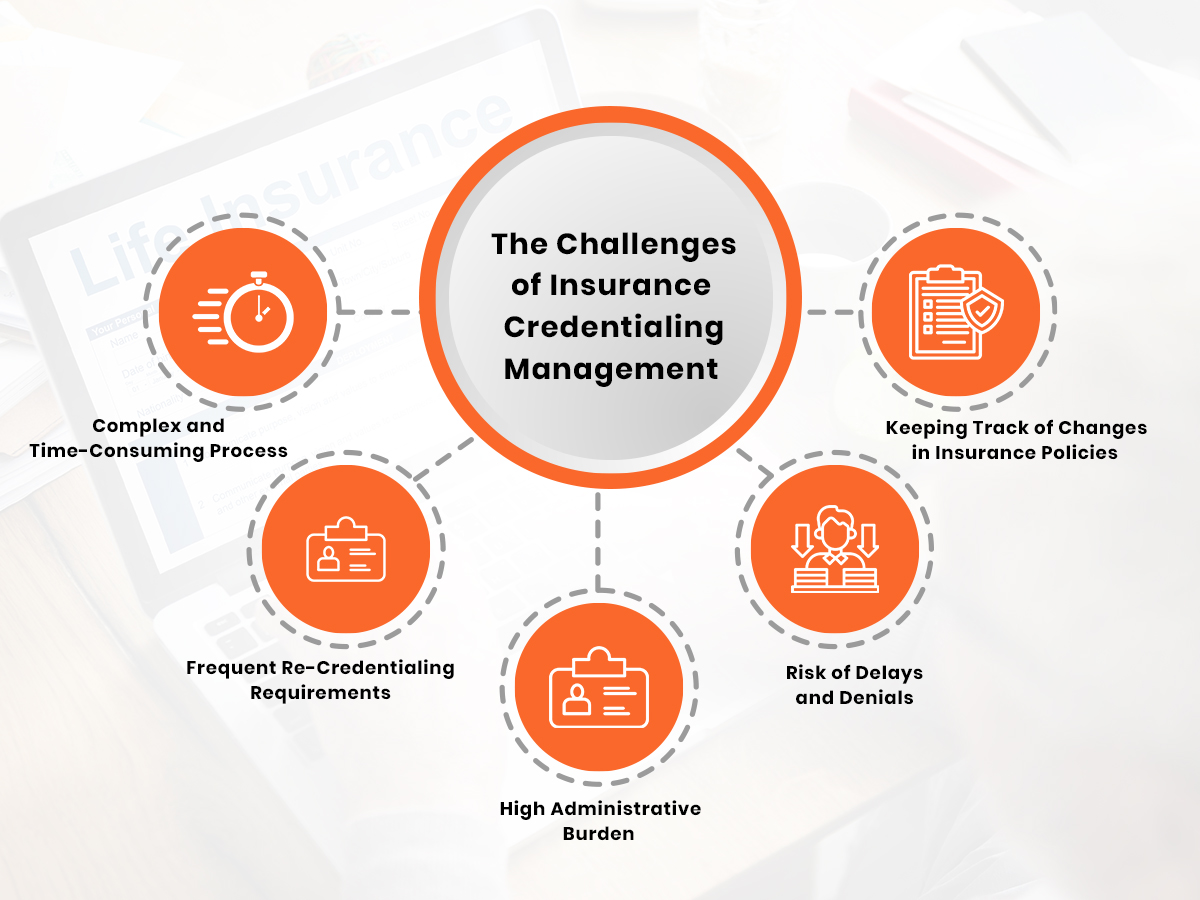Insurance credentialing management is a critical process in healthcare, enabling providers to become part of an insurance network so they can serve insured patients and receive reimbursements. For medical practitioners, hospitals, and clinics, credentialing is the process of verifying and validating the qualifications, background, and experience required by insurance companies before they can participate as in-network providers. Efficient insurance credentialing management is essential not only for provider legitimacy but also to maintain a steady revenue stream.
Here’s an in-depth look at what insurance credentialing management entails, its significance, the challenges involved, and best practices to streamline the process.
What is Insurance Credentialing Management?
Insurance credentialing management refers to the administration and oversight of the credentialing process for healthcare providers. This involves collecting and verifying documents related to education, licenses, certifications, work history, malpractice records, and more. The goal is to ensure that healthcare providers meet the qualifications required by insurance companies to be accepted into their networks. Once approved, these providers can bill the insurer for services rendered to insured patients.
Credentialing is often complex, requiring constant updates and re-credentialing, as healthcare providers must periodically renew their status within an insurance network.
Why is Insurance Credentialing Management Important?
Credentialing management is vital for various reasons, impacting healthcare providers, patients, and insurance companies alike. Key benefits include:
- Ensuring Patient Safety and Quality of Care
Insurance credentialing verifies the qualifications and experience of healthcare providers, ensuring that patients receive care from competent and licensed professionals. This enhances patient safety and improves the quality of care. - Provider Revenue and Reimbursement
Without proper credentialing, healthcare providers cannot bill insurance companies for services provided to insured patients. Insurance credentialing is a prerequisite for revenue generation, making it crucial for a provider’s financial health. - Expanding Patient Base
Becoming part of an insurance network makes healthcare providers more accessible to a broader patient base, as more patients are likely to seek care within their insurance network. - Compliance with Regulatory Standards
Insurance credentialing helps healthcare organizations comply with regulatory standards and avoid penalties. Many state and federal laws mandate regular credentialing for providers, underscoring the importance of maintaining current credentials.
The Challenges of Insurance Credentialing Management
While credentialing is essential, managing it effectively is a challenging process that involves numerous stakeholders, extensive paperwork, and constant updates. Some of the main challenges include:

- Complex and Time-Consuming Process
The credentialing process can be lengthy and complicated, taking several months to complete due to the sheer volume of paperwork and verification requirements. Each insurance company has unique requirements, adding to the complexity. - Frequent Re-Credentialing Requirements
Credentialing is not a one-time process. Providers need to renew their credentials periodically, which requires staying on top of expiration dates, new requirements, and updated documentation. This can be time-consuming and prone to errors if not managed properly. - High Administrative Burden
Credentialing management involves coordinating between healthcare providers, insurance companies, and various regulatory bodies, leading to high administrative costs. Many healthcare providers have to allocate substantial resources solely for credentialing management, which can strain smaller practices. - Risk of Delays and Denials
Delays in credentialing can cause financial strain on providers who are unable to bill for their services. Errors, missing documentation, or non-compliance with requirements can lead to credentialing denials, further affecting revenue and patient access. - Keeping Track of Changes in Insurance Policies
Insurance companies frequently update their policies, and it’s essential to stay informed about any new requirements or regulations that may impact credentialing. This requires continuous monitoring, which can be challenging for providers without dedicated credentialing staff.
Best Practices for Effective Insurance Credentialing Management
To overcome the challenges and improve the efficiency of credentialing, providers can implement the following best practices:
- Automate the Credentialing Process
Utilizing credentialing software can streamline document collection, reduce errors, and automate repetitive tasks. Automation also helps monitor credential expiration dates, ensuring timely renewals and minimizing the risk of lapses in credentials. - Establish a Centralized Credentialing Database
A centralized database consolidates all credentialing information, making it easier to track provider credentials, monitor expiration dates, and update information as needed. This simplifies access to information and enables efficient management. - Regularly Monitor Regulatory Changes
Staying up-to-date on regulatory changes and insurance policy updates is critical. Designating a compliance officer or team to oversee these changes can help healthcare providers avoid non-compliance issues that could impact credentialing status. - Maintain Clear Communication with Insurance Companies
Building strong relationships with insurance representatives can facilitate smoother credentialing processes. Clear communication can help resolve any discrepancies in documentation and expedite the credentialing timeline. - Develop an Internal Credentialing Team
A dedicated credentialing team or specialist can oversee the credentialing process, manage timelines, and ensure that all documentation meets the requirements of various insurance companies. This proactive approach minimizes delays and reduces the administrative burden. - Conduct Regular Audits
Periodic audits can identify gaps, inconsistencies, or outdated information in credentialing records. By addressing these issues before they become problems, healthcare providers can ensure compliance and avoid disruptions in credentialing status.
Conclusion
Insurance credentialing management is a cornerstone of a successful healthcare practice, enabling providers to deliver high-quality care while ensuring revenue flow from insured patients. Though challenging, implementing best practices such as automation, centralized data management, and proactive regulatory monitoring can streamline the credentialing process and reduce administrative burdens.
With efficient credentialing management, healthcare providers can focus more on patient care and less on paperwork, benefiting patients, providers, and the healthcare system as a whole.


